How GTA 3 Established & Popularized the Open-World Genre

Released in 2001, the same year as Sons of Liberty, there aren’t too many standout similarities shared between Kojima’s second Metal Gear installment and Grand Theft Auto 3.
That is, besides one groundbreaking character trait – they both left a meteoric mark on the video game landscape forever.
Upon release, Metal Gear Solid 2: Sons of Liberty brought about a level of cinematic storytelling and polished production values befitting Hollywood blockbusters of its era, as Hideo pushed and probed pre-established boundaries of artistic expression through video game creation.

Elsewhere, however, developer DMA, under the publishing power of Rockstar, was also busy forging its own significant slice of history. Yet, unbeknownst to its creators – voyaging pioneers leaping blindly into the abstract, largely unexplored realm of 3D game design, GTA 3’s launch would later symbolize the franchise’s most inventive period. In essence, its hugely anticipated release signified a monumental moment that would set in motion, better still, establish the principal foundations of open-world game design.
Below is the captivating tale of how GTA 3 elevated the open-world genre to new unfounded heights – popularizing its appeal in the process.
The Dawn of a New Era
Grand Theft Auto 3 was far from the first open-world game to grace the industry. Beforehand, its 2D predecessors, Grand Theft Auto (1997) and GTA 2 (1999), had achieved notable, somewhat notorious success, having already cultivated the core gameplay components. Albeit, via top-down perspective, that would become synonymous with the series in successive years.
For instance, each precursor had previously immersed the player in bustling urban cityscapes, populated by busy pedestrians shuffling down sidewalks and streams of traffic flowing through each street, giving each game a spirited pulse and manufacturing the illusion of life. And so, these aspects were nothing new.
At the time, they were considered immersive interactive spaces designed to simulate real-life – flooded with all the visual furnishings one might expect from a living, breathing concrete jungle. But, equally, like subsequent entries, these early archetypes thrust us into a criminal underbelly illicitly operating below the law, issuing free agency to explore city life at leisure.
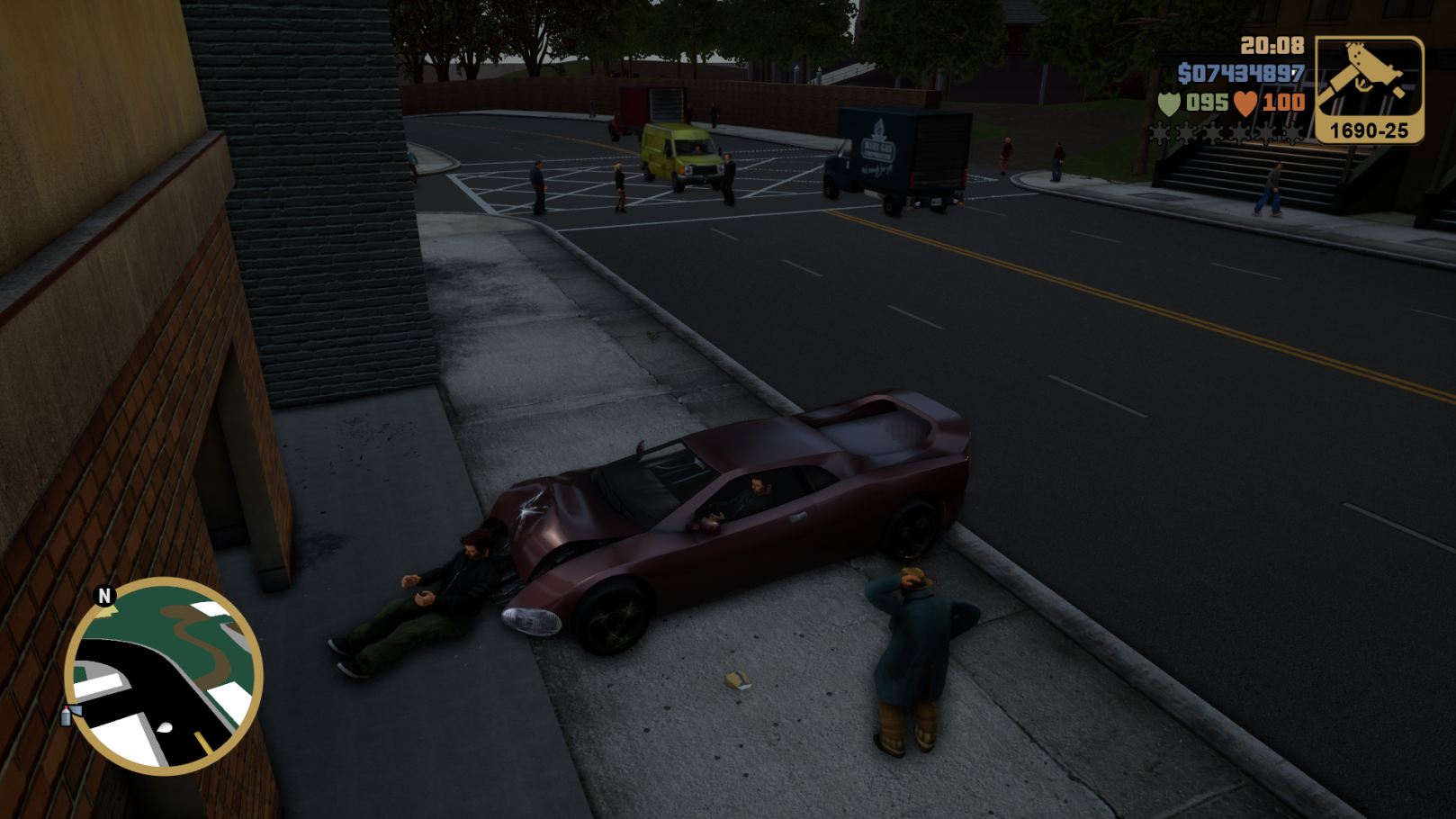
Similar to today’s experiences, players were armed with high-powered weaponry and given a myriad of missions. Often involving dodgy backdoor dealings with nefarious mob bosses running racketeering joints on every city street corner. Even Radio stations featured in several vehicles. In hindsight, it’s easy to identify the familiar hallmarks entrenched in Rockstar’s DNA. However, the next stage in Grand Theft Auto’s evolution would mark a bold transition into a rapidly shifting landscape whose predominant focus was firmly fixated on 3D gaming.
While Sega’s widely acclaimed Shenmue had an equal hand in popularizing the sandbox structure through its unique brand of storytelling, it ultimately suffered from a strict exclusivity deal with Dreamcast, which was, at the time, fatally falling behind in a closely competitive console war. Around that point, Final Fantasy 10 was breaking boundaries on Japanese shores with its scaled-up sense of world-building and big-budget production values – hinting at an exciting new era of game development inevitably poised to make its mark.
In an open-world sense, though, it was GTA 3 that would be the first to capitalize on this new epoch of creative opportunity.
Grand Theft Auto 3: Promoting Player Agency & Realism
More than any other title of its time, Grand Theft Auto 3 promoted a degree of player freedom and autonomy entirely unmatched, entering uncharted waters in its wake. Luckily, on behalf of improved technical specs, the sixth generation’s emergence had granted developers a greater tool kit, enabling a more expansive approach to level design. Interestingly, it was through Dreamcast hardware that Rockstar would initially playtest a 3D prototype. Forming, in the process, the foundational design aspects of GTA 3.
This focus on the scale was instrumental in instilling a sense of immersion. However, more important than size was the realistic nature of the world itself and its enveloping qualities independent of player action. Speaking with GamesRadar, Rockstar’s co-studio head, Aaron Garbut, explained the importance of detailed world-building over scale.
“To us, it’s not about huge maps filled with jobs; it’s about existing in a world that feels like the possibilities are not constrained by the designers, where the world is fully formed and exists to be interacted with.” Elaborating further, Garbut states, “Grand Theft Auto 3 showed us that making that place where players could live rather than just play is what’s most exciting – it was an early glimpse at where we could take things, and I think we’ve still got so much further to go.”
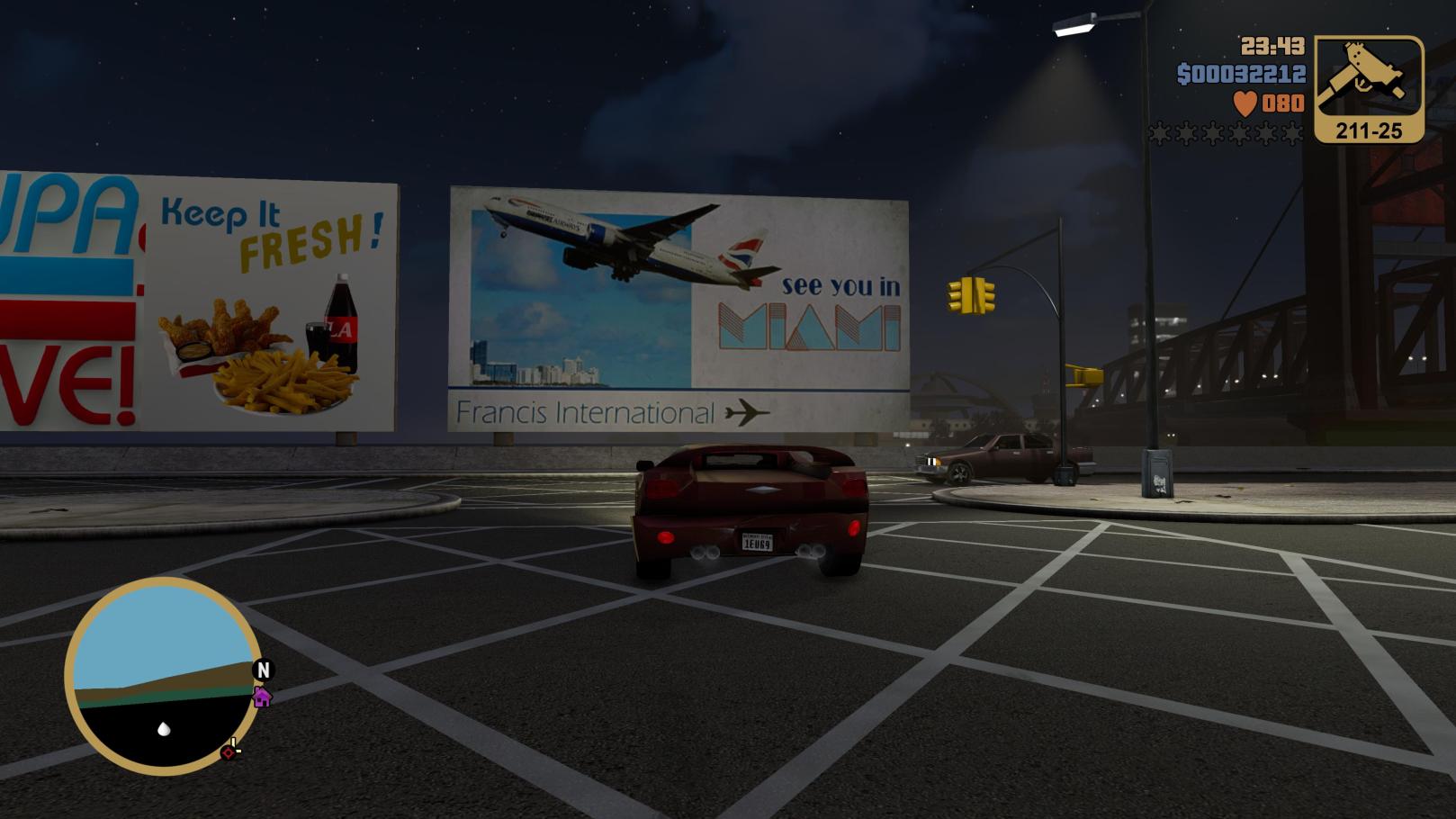
In many ways, this core philosophy perfectly incapsulates Grand Theft Auto 3. Seemingly for the first time, a game world was flush with NPC’s fulfilling complex cycles while possessing unique characters traits and eccentric quirks. Moreover, from now on, NPCs would reflect their nearby surroundings, representative of the districts they inhabited – even in aspects of dress code and societal status. In some instances, affluence would lead to a more expensive car.
All the while, drunken downbeats on the opposite end of the societal spectrum would stagger through the streets, hurling hilarious slurs as they go. All this culminated in a satirical caricature of what city life could be like at street level. In Chinatown, for instance, civilians would tend to be of Chinese ethnicity, while elsewhere, the mafia would proudly patrol streets in striking jet-black sentinels symbolic of the Leone Family. Further still, gangs would loiter in numbers around street corners, and unscripted events would escalate around the player, further cementing the illusion of reality.

Add into the mix a revolving day and night cycle, in-game time, and the inclusion of side activities alongside a deep cinematic story, and you have all the essential ingredients for an immersive open-world experience. In the immortal words of Garbut, Grand Theft Auto 3 “showed us the first glimpse of what was possible.“
And to you, GTA 3, the industry owes an enormous debt of gratitude.
Which title do you consider as having had a groundbreaking impact on game development? Share your thoughts below.
-

Robbie is a lifelong gaming enthusiast who grew up in the glorious era of Goldeneye split-screen multiplayer. Although he's excited for Ragnarok, Robbie is often found delving back into his retro roots; entirely convinced Metal Gear Solid 1 and Ocarina of Time are masterpieces of equal merit.
View all posts
You May Also Like
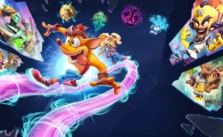 A Nostalgic Celebration of The Platforming Genre – Opinion Piece
A Nostalgic Celebration of The Platforming Genre – Opinion Piece
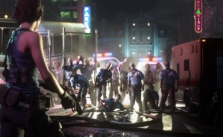 Are Linear Single Player Games a Slowly Dying Breed?
Are Linear Single Player Games a Slowly Dying Breed?
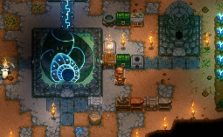 Core Keeper: Everything New in The Desert Beginnings Update
Core Keeper: Everything New in The Desert Beginnings Update
 From Wolfenstein 3D to Doom: How id Software Popularized the First-Person Shooter
From Wolfenstein 3D to Doom: How id Software Popularized the First-Person Shooter
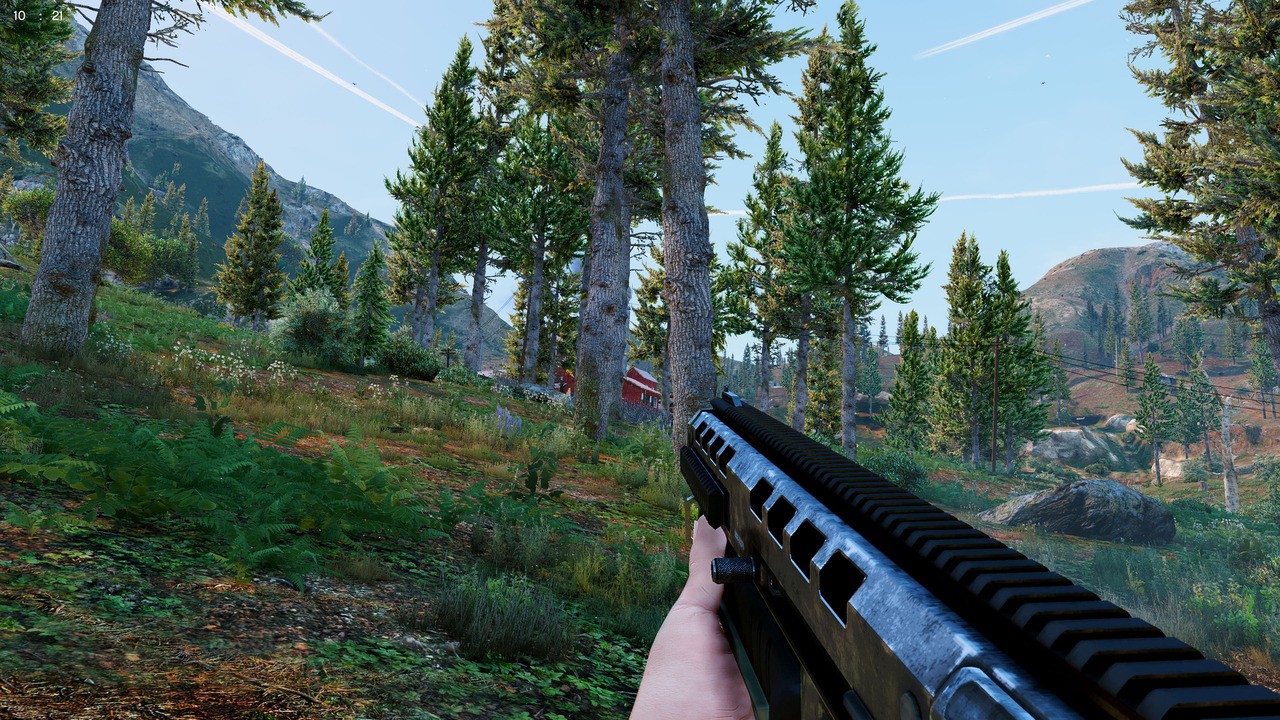 Grand Theft Auto 5 Xbox One Cheats
Grand Theft Auto 5 Xbox One Cheats
 GTA 5 – Buyer’s Guide for Civilian Vehicles (GTA Online: After Hours)
GTA 5 – Buyer’s Guide for Civilian Vehicles (GTA Online: After Hours)
 GTA V Redux Mod Will Make The Game Prettier Than Ever Before
GTA V Redux Mod Will Make The Game Prettier Than Ever Before
 Metal Gear Solid 2: 20 Years On – How Hideo Foresaw the Future
Metal Gear Solid 2: 20 Years On – How Hideo Foresaw the Future
 The Best of 2022: Which Games Came Out on Top?
The Best of 2022: Which Games Came Out on Top?
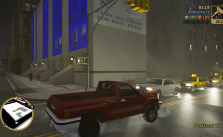 The Launch of GTA Remastered Trilogy – What Truly Transpired
The Launch of GTA Remastered Trilogy – What Truly Transpired
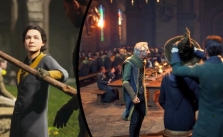 True Magic, or Just an Illusion? A Hogwarts Legacy Opinion Piece
True Magic, or Just an Illusion? A Hogwarts Legacy Opinion Piece
 What A New Metal Gear Game Look Like | Opinion Piece
What A New Metal Gear Game Look Like | Opinion Piece
